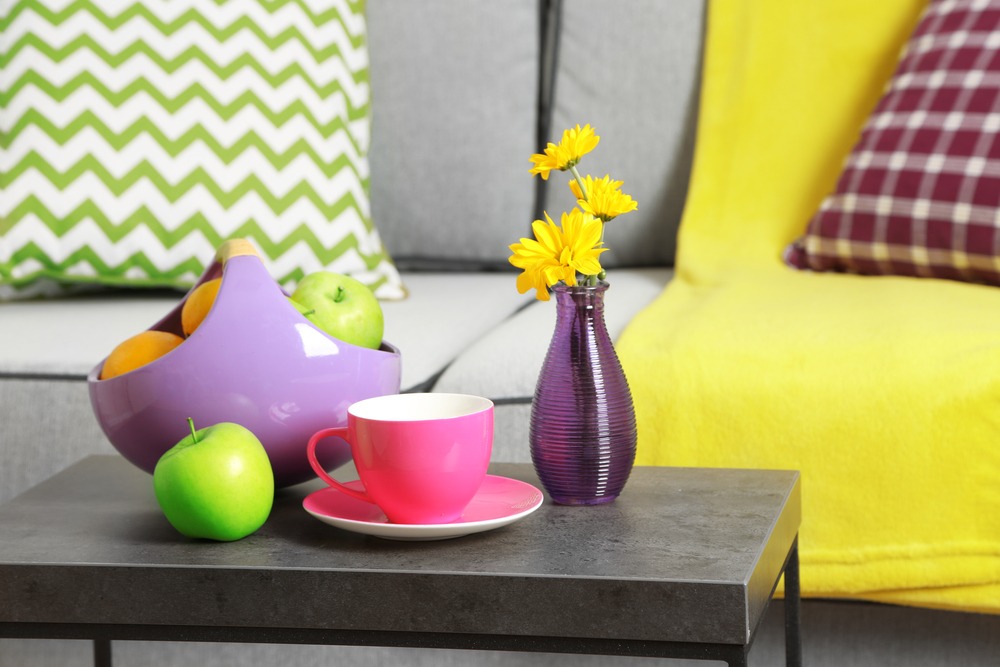Alzheimer’s disease is a debilitating condition that requires many accommodations, and it often starts out at one’s residence.
This article will share some effective ways to help make one’s home more practical, convenient, and safer for people with this condition as well as others that can cause dementia.
1. Keep Things Organized
Memory issues are a hallmark symptom of someone with Alzheimer’s, and therefore, the home should be arranged to make it easy for people to find things and know where they should go.
To make this easier, try labeling everything clearly, including various areas of the home and what objects do, such as appliances.
You should also strive to make sure the home is free of clutter and that there are no objects that can be a safety hazard, such as cables that can be easily tripped on.
Of course, digital clocks and calendars can also be very helpful as well as tools that can dispense medication.
2. Perform Renovations
For people with Alzheimer’s disease, modifications typically need to go beyond just making things tidy.
Some extensive additions are sometimes necessary but will ultimately make their home a safer place to live.
For example, railings might need to be installed, and their flooring might need to be changed to something that can prevent them from slipping or possibly losing balance on steps.
Digital equipment like sensors and alerts can also be useful in letting patients know if they forgot to turn off appliances or easily make adjustments if they need to.
3. Explore Colors & Lighting

When it comes to making a person’s home more suitable for living with Alzheimer’s disease, it’s clear that making things visible should always be a priority.
Not only should things be organized carefully, but you can also look into adjusting colors and lighting in rooms and objects, like furniture.
For example, a room that is well-lit with bright yet pleasing colors and simple patterns can not only make it easy to see, but it can also have a positive impact on their mood and overall mental health
“Cool” colors like blues and greens are known to produce calming effects on the mind; however, warm colors like red and orange can also be useful in helping patients with Alzheimer’s notice and differentiate various objects.
More Resources On Alzheimer’s Disease
Alzheimer’s disease requires a lot of care, and although making modifications to the living environment is one of the first things that should be done, other strategies can be incorporated that can accommodate and provide relief for some symptoms.
To find more information on what you can do to address the challenges that come with living with Alzheimer’s, BetterHelp has additional advice on this topic, including how you and your loved ones can cope with the condition.
There are a lot of areas that can be improved upon to make a home better for people with Alzheimer’s, and hopefully, this article has shown you what you can start focusing on.
Even though assistance from others will be necessary, making it safer and easier to remember things will assist with daily living and can bring a sense of independence to people who have been diagnosed with Alzheimer’s and other dementia-causing disorders.



Comments are closed.